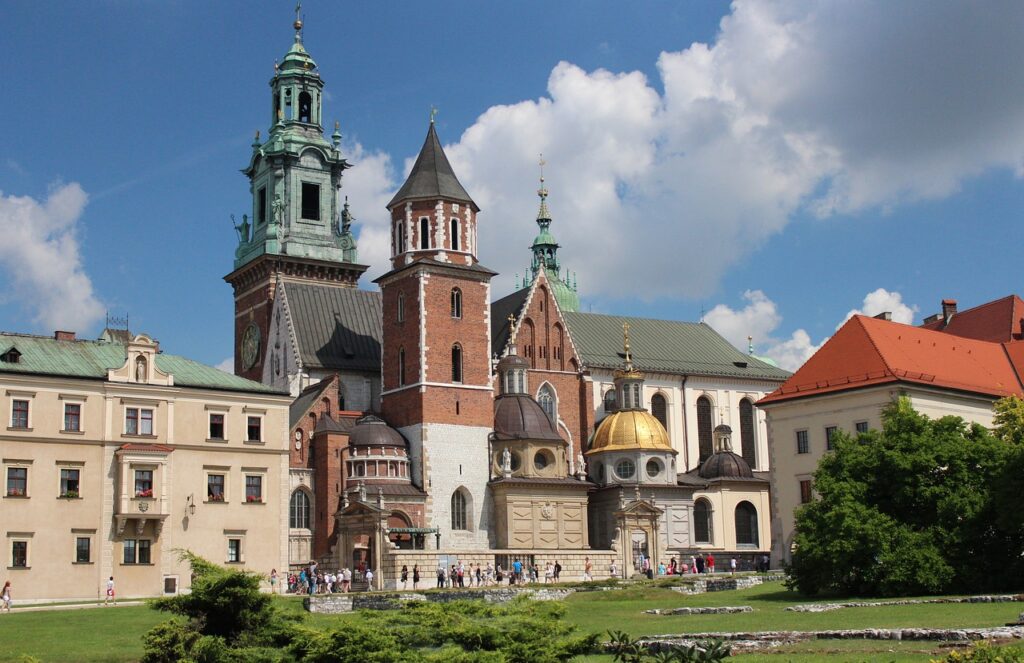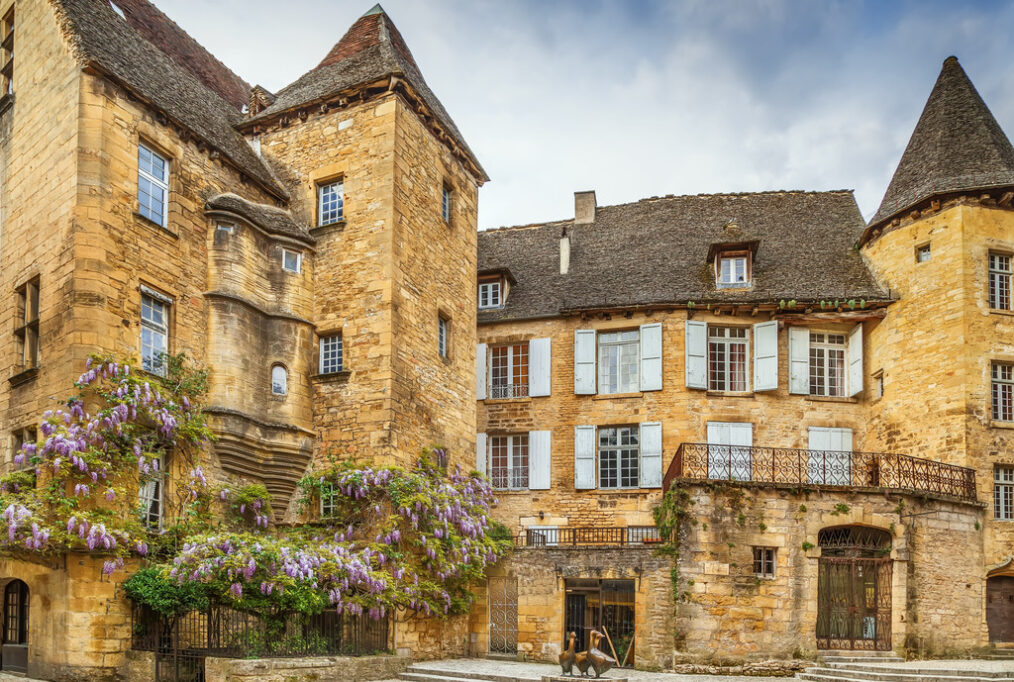Krakow Poland Travel Guide A Vagabond Life
Traveling to Kraków, Poland offers a rich tapestry of history, culture, and culinary delights. As one of the oldest and most beautiful cities in Poland, Kraków’s history dates back to the 7th century. The city served as the royal capital until the end of the 16th century and remains a cultural hub.
Start your journey at the UNESCO-listed Old Town, where cobblestone streets lead to Rynek Główny, Europe’s largest medieval town square. Here, you can visit St. Mary’s Basilica with its stunning Gothic architecture and hear the hourly trumpet call. The Wawel Castle and Cathedral, perched on a hill overlooking the Vistula River, are essential stops, offering a glimpse into Poland’s royal past.
Kraków’s cultural scene is vibrant, with numerous museums, galleries, and theaters. The former Jewish district of Kazimierz is now a lively area filled with synagogues, cafés, and art galleries, reflecting the city’s diverse heritage.
Polish cuisine is hearty and flavorful. Don’t miss trying pierogi (dumplings), bigos (hunter’s stew), and oscypek (smoked cheese). For dessert, savor a slice of sernik (Polish cheesecake) or paczki (Polish doughnuts). Kraków’s markets and restaurants offer an authentic taste of traditional and modern Polish dishes, ensuring a memorable culinary experience.
Krakow Poland Map
Getting To Krakow Poland
Getting to Krakow, Poland, is relatively easy, thanks to its well-connected transportation infrastructure.
Air
Krakow is served by the John Paul II International Airport Krakow-Balice (KRK), located about 11 kilometers west of the city center. The airport offers domestic and international flights, with connections to major European cities and beyond. From the airport, travelers can reach the city center by taxi, airport shuttle, or public bus.
Train
Krakow boasts excellent rail connections, with frequent trains from major Polish cities like Warsaw, Wroclaw, and Gdansk. The main railway station, Krakow Główny, is centrally located and offers easy access to the city center by foot or public transportation.
Bus
Numerous bus companies operate services to Krakow from various domestic and international destinations. The main bus station, Krakow MDA, is conveniently located next to the train station, providing easy transfers between bus and train services.
Car
Travelers can also reach Krakow by car, as the city is well-connected to Poland’s extensive road network. Major highways like the A4 and A1 provide access to Krakow from cities across Poland and neighboring countries.
Once in Krakow, public transportation, including buses and trams, offers convenient access to all parts of the city. Additionally, taxis and ridesharing services are readily available for getting around Krakow.
Getting Around Krakow Poland
Getting around Krakow, Poland, is convenient and easy, thanks to its well-developed public transportation system and compact city center.
Public Transportation
Krakow boasts an extensive network of buses and trams operated by MPK Krakow. Tickets can be purchased at kiosks, ticket machines, or on board trams and buses. Single-ride tickets and day passes are available, offering unlimited travel within specified zones. The city center is easily accessible by public transport, with frequent services connecting major attractions and neighborhoods.
Walking
Krakow’s historic city center is pedestrian-friendly, with many of its attractions, such as the Main Market Square and Wawel Castle, within walking distance of each other. Exploring the city on foot allows visitors to soak in its charming streets, historic architecture, and vibrant atmosphere.
Biking
Krakow offers bike rental services, making it easy for visitors to explore the city’s bike-friendly routes and parks. Numerous bike lanes and dedicated paths provide safe cycling options for getting around Krakow.
Taxis and Ridesharing
Taxis are readily available throughout Krakow, and ridesharing services like Uber operate in the city, offering convenient options for getting around, especially during late hours or for longer distances.
Car Rental
While driving in Krakow’s city center can be challenging due to narrow streets and limited parking, renting a car can be convenient for exploring areas outside the city or for day trips to nearby attractions.
Overall, Krakow provides visitors with a variety of transportation options to suit their preferences and needs, making it easy to navigate and explore this beautiful city and its surroundings.
Things To See & Do In Krakow Poland
Explore Kraków: Top 10 Must-See Attractions in Poland’s Cultural Gem
Nestled in the southern part of Poland, Kraków stands as a testament to the country’s rich history, vibrant culture, and architectural marvels. From medieval castles to charming cobblestone streets, here are the top 10 must-see attractions in Kraków:
Wawel Royal Castle
Wawel Royal Castle
Wawel Royal Castle in Krakow, Poland, is a historical and architectural marvel dating back to the 11th century. It served as the residence of Polish kings and a symbol of Polish statehood. The castle complex, perched on Wawel Hill, comprises numerous buildings and fortifications, showcasing styles from Romanesque to Renaissance. The Gothic Wawel Cathedral within the grounds is notable for royal coronations and burials.
The castle’s history is marked by periods of grandeur and decline, including its occupation by Austrian forces in the 19th century. Extensive restorations in the 20th century revived its splendor, making it a premier cultural site.
Highlights for visitors include the magnificent State Rooms, the opulent Crown Treasury and Armory, and the intricate tapestries. The Dragon’s Den, a cave beneath the castle, adds a touch of mythic allure. Tickets can be purchased online or at the castle. Guided tours provide deeper insights, and the castle grounds offer stunning views of Krakow. It’s easily accessible by foot from the city center or via public transportation
Wawel Cathedral
Wawel Cathedral
Wawel Cathedral, officially known as the Royal Archcathedral Basilica of Saints Stanislaus and Wenceslaus, is a historic church located on Wawel Hill in Krakow, Poland. Its history dates back over a millennium, with the current Gothic structure completed in the 14th century. The cathedral has been the site of numerous royal coronations, funerals, and burials, making it a cornerstone of Polish history and culture.
Highlights of the cathedral include the Sigismund Chapel, often regarded as a gem of Renaissance architecture, and the massive Sigismund Bell, which has tolled on significant national occasions since 1520. The impressive mausoleum of Saint Stanislaus, the patron saint of Poland, and the tombs of many Polish kings and queens are also key attractions.
Visitors can explore the cathedral and its museum, which houses a rich collection of religious artifacts. Tickets can be purchased on-site, with guided tours available for deeper historical insights. The cathedral is easily accessible by foot from Krakow’s city center or via public transportation.
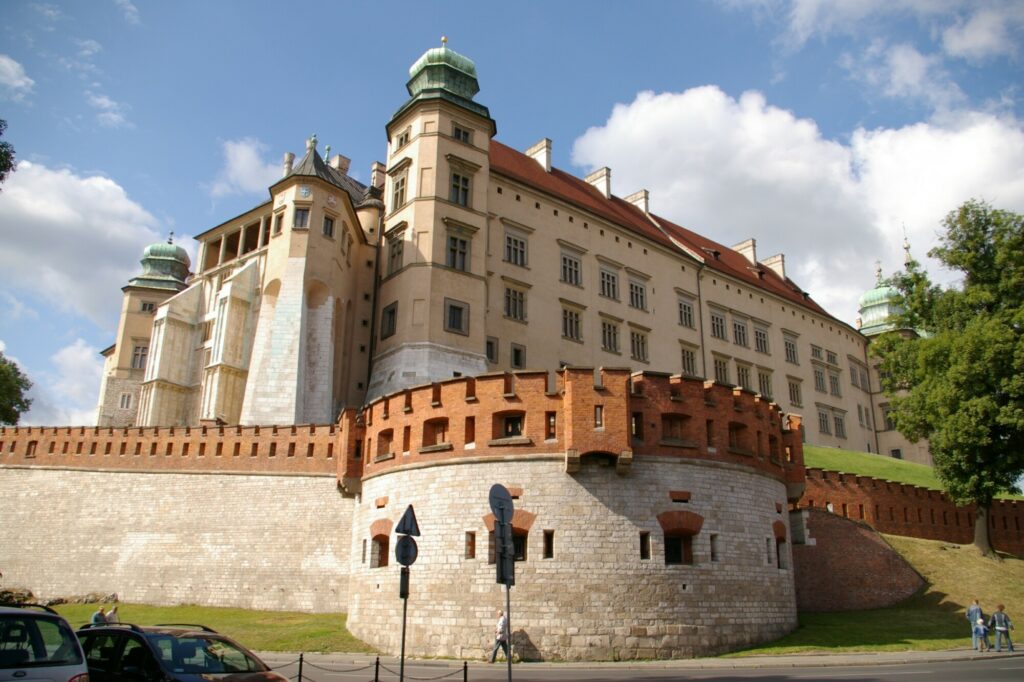
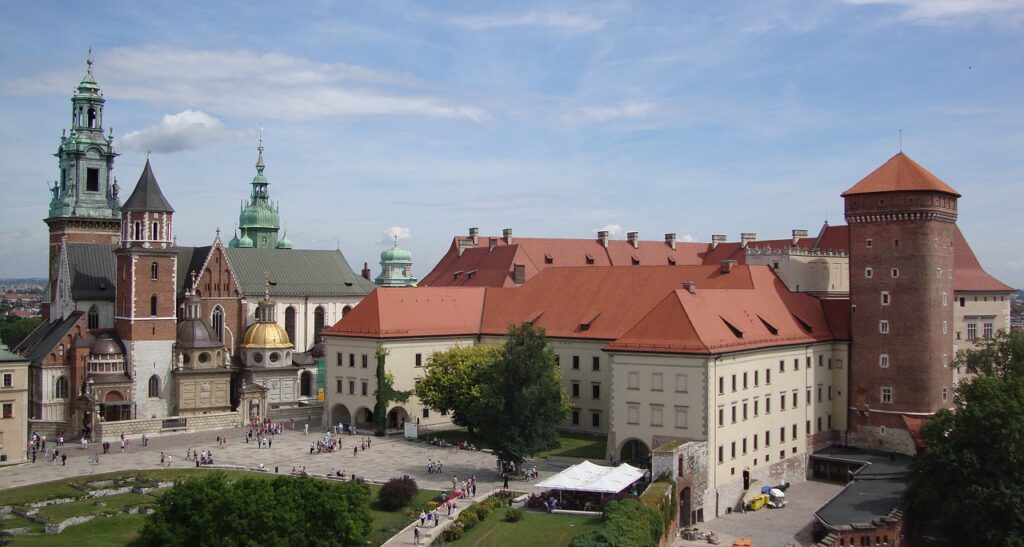
St. Mary's Basilica
St. Mary’s Basilica,
St. Mary’s Basilica, or Kościół Mariacki, is a Gothic church located in the heart of Krakow’s Main Market Square. Its origins date back to the 13th century, with the current structure completed in the 14th century. The basilica is renowned for its stunning architecture and historical significance, serving as a prominent symbol of Krakow’s medieval heritage.
Highlights of St. Mary’s Basilica include the magnificent wooden altarpiece by Veit Stoss, one of the largest and most impressive Gothic altarpieces in the world. The interior features exquisite stained glass windows, a richly decorated blue star-studded ceiling, and beautiful frescoes. Every hour, a trumpet signal, known as the Hejnał Mariacki, is played from the taller of the two unequal towers, commemorating a historical event.
Visitors can explore the basilica’s stunning interior and climb the tower for panoramic views of Krakow. Tickets can be purchased at the entrance or online. St. Mary’s Basilica is easily accessible by foot from Krakow’s city center, and guided tours are available for those seeking a deeper understanding of its history and artistry.
Kraków Old Town
Krakow’s Old Towna,
Krakow’s Old Town, a UNESCO World Heritage Site, is a historic district brimming with medieval charm and architectural splendor. Established in the 13th century, it served as Poland’s royal capital until the end of the 16th century. The Old Town is characterized by its well-preserved medieval urban layout, surrounded by the Planty Park, which replaced the old city walls.
Highlights of Krakow’s Old Town include the expansive Main Market Square (Rynek Główny), one of the largest medieval squares in Europe, featuring the Cloth Hall (Sukiennice) and St. Mary’s Basilica with its hourly trumpet call. The Town Hall Tower and the 14th-century Wawel Castle and Cathedral further enrich the historic landscape. Additionally, the picturesque streets like Floriańska and Grodzka are lined with historic buildings, cafes, and shops.
Visitors can explore the Old Town on foot, enjoying guided tours that delve into its rich history and architectural treasures. It’s easily accessible from Krakow’s city center, with numerous public transport options available. The area is also well-connected to major hotels, restaurants, and cultural sites, making it a convenient and essential part of any visit to Krakow.
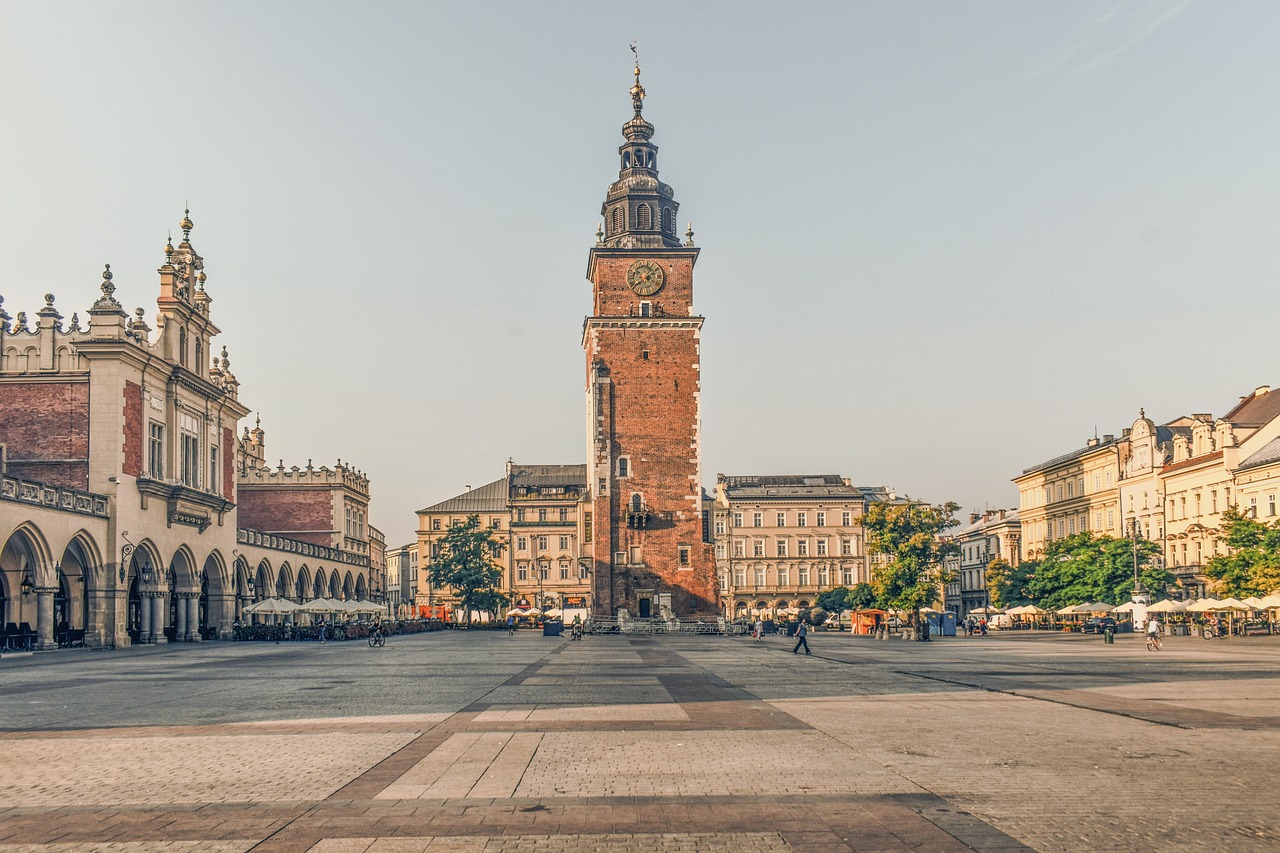
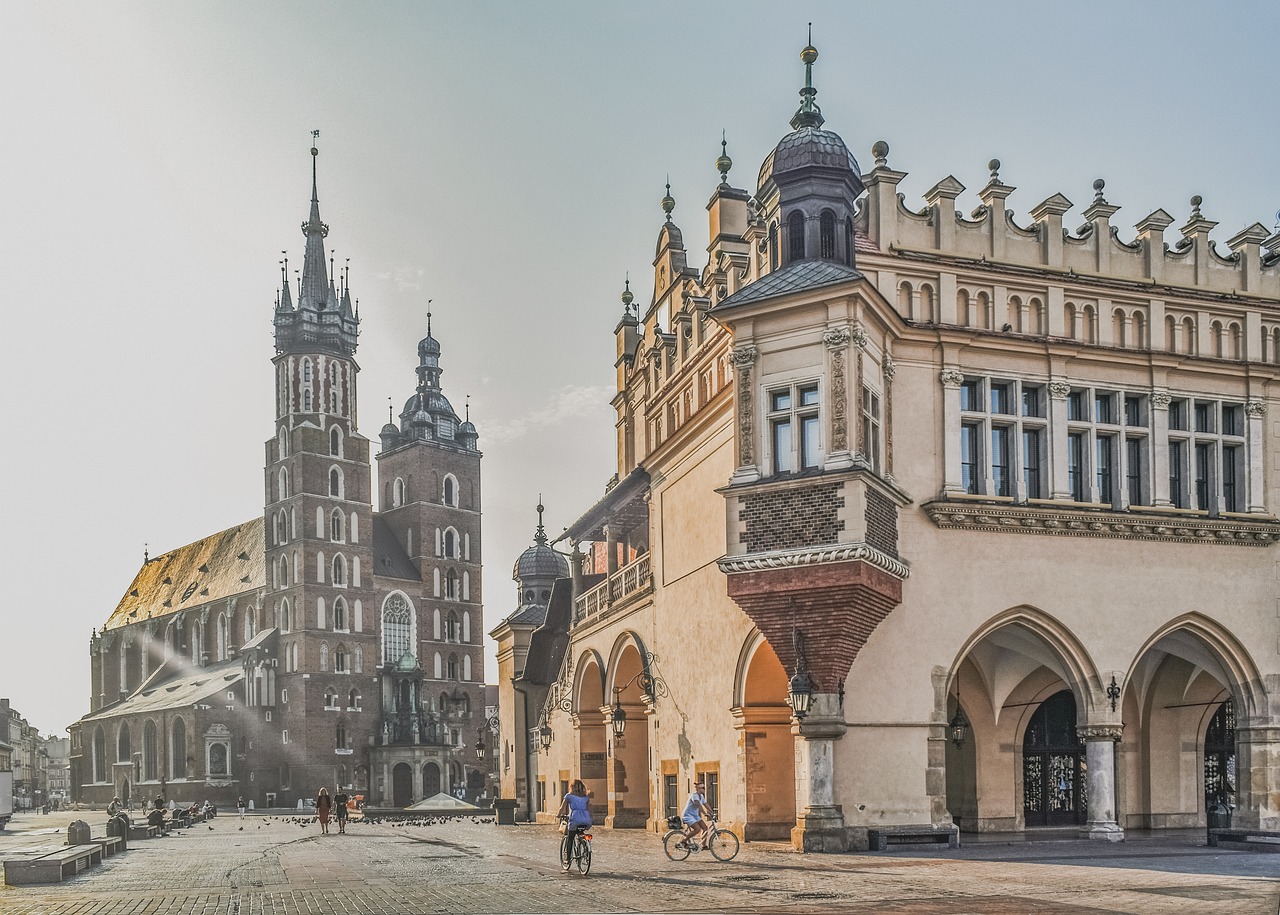
Kazimierz District
Kazimierz District
The Kazimierz District in Krakow is a historic neighborhood known for its rich Jewish heritage and vibrant cultural scene. Established in the 14th century by King Casimir III the Great, Kazimierz became a thriving center for Jewish life until World War II. The district’s history is marked by the coexistence of Jewish and Christian communities, which shaped its unique character.
Highlights of Kazimierz include the Old Synagogue, one of the oldest Jewish religious buildings in Poland, and the Remuh Synagogue, accompanied by its historic cemetery. The district is also home to the Galicia Jewish Museum, which offers insightful exhibits on Jewish history and culture. Plac Nowy, the central square, is a hub for lively markets, cafes, and restaurants, reflecting the area’s bohemian atmosphere.
Visitors can explore Kazimierz on foot or by bicycle, immersing themselves in its historic streets and vibrant cultural offerings. Guided tours provide deeper insights into its history and landmarks. The district is easily accessible from Krakow’s city center via a short walk or tram ride, making it a must-visit area for those interested in history, culture, and gastronomy
Schindler's Factory
Schindler’s Factory
Schindler’s Factory, located in Krakow’s Zabłocie district, is a significant historical site and museum. Originally an enamelware and ammunition factory owned by Oskar Schindler during World War II, it became famous for Schindler’s efforts to save over 1,200 Jews from the Holocaust by employing them and shielding them from Nazi persecution. The factory’s story was popularized by the 1993 film “Schindler’s List.”
Today, Schindler’s Factory houses the Historical Museum of the City of Krakow and the Museum of Contemporary Art. The main exhibition, “Krakow under Nazi Occupation 1939-1945,” presents a detailed narrative of wartime Krakow, including the plight of its Jewish population and Schindler’s heroic efforts. Visitors can explore original artifacts, photographs, and multimedia displays that bring history to life.
To visit, tickets can be purchased online or at the museum. Guided tours are available for a more in-depth experience. The factory is accessible by public transportation, including trams and buses, or a short walk from Krakow’s city center.
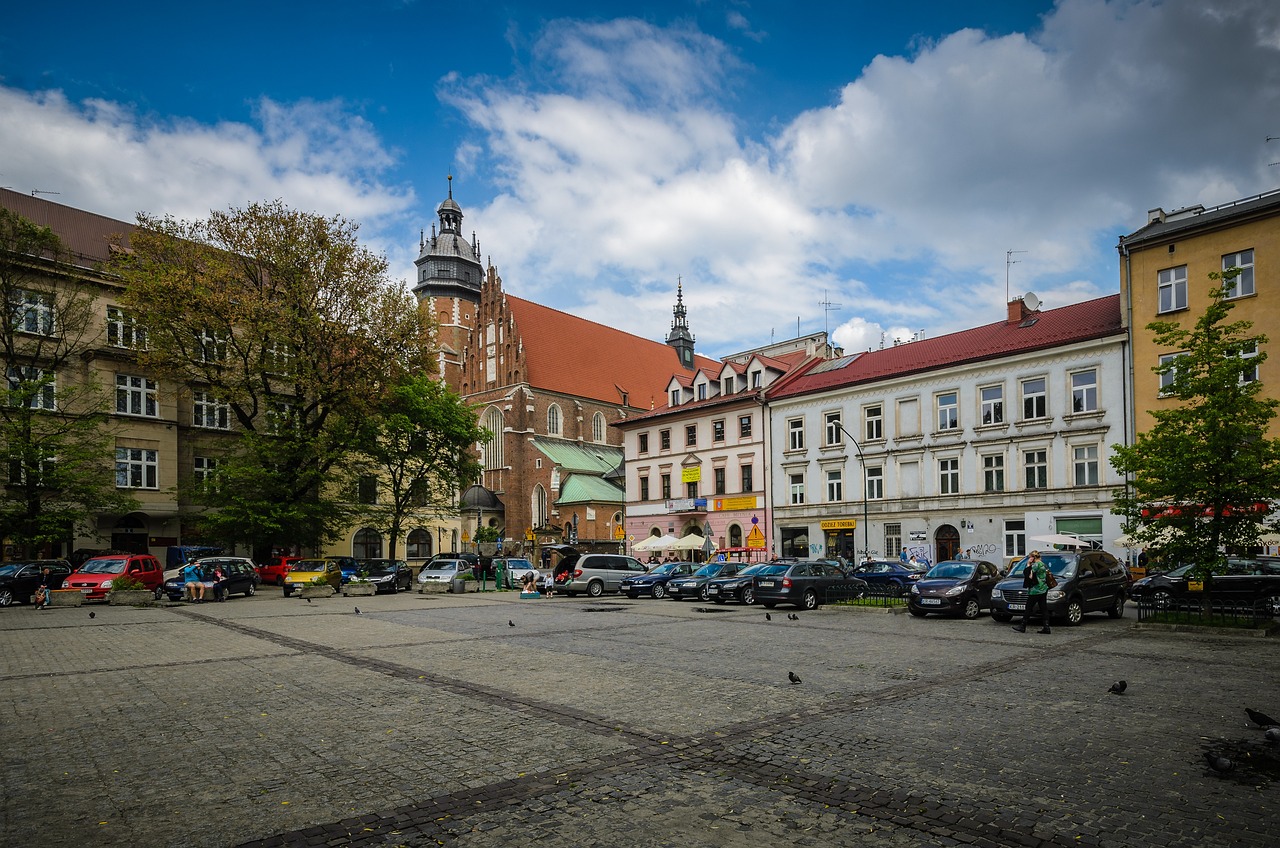
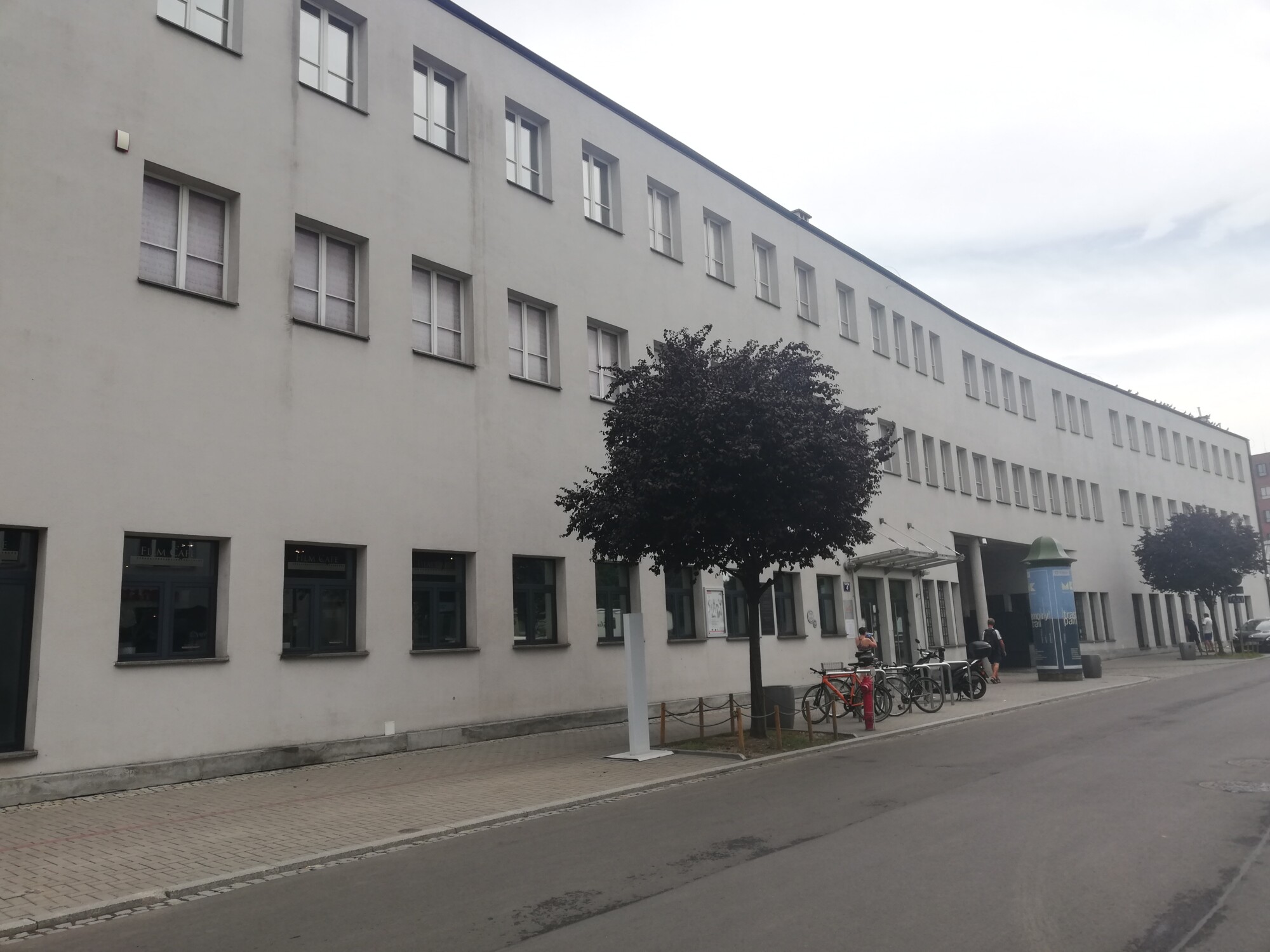
Kościuszko Mound
Kościuszko Mound
Kościuszko Mound in Krakow stands as a monumental tribute to Tadeusz Kościuszko, a national hero who fought for Polish independence. Completed in 1823, the mound is modeled after Krakow’s prehistoric burial mounds, symbolically connecting the modern Polish struggle for independence with its ancient history. Constructed by city residents from soil collected from various battlefields where Kościuszko fought, it represents Polish solidarity and resistance against oppression.
Standing at over 34 meters high, the mound offers panoramic views of Krakow and the surrounding area, making it a favorite spot for both locals and tourists. Inside the base of the mound is the Kościuszko Museum, which showcases exhibits on his life and the impact of his legacy.
Visitors can reach Kościuszko Mound by a short bus ride from the city center followed by a scenic walk. The site is open year-round, with extended hours in the summer. Tickets can be purchased at the site, which include entry to both the mound and the museum.
Rynek Underground Museum
The Rynek Underground Museum in Krakow offers a fascinating glimpse into the city’s medieval past, situated beneath the Main Market Square (Rynek Główny). Opened in 2010, the museum was created following extensive archaeological excavations that uncovered a wealth of historical artifacts and structures dating back to the 11th century. These excavations revealed the layers of history beneath the bustling square, including remnants of medieval market stalls, roads, and merchant shops.
Highlights of the Rynek Underground Museum include interactive exhibits, holograms, and multimedia displays that vividly depict Krakow’s evolution over the centuries. Visitors can see well-preserved medieval artifacts, such as coins, clothing, and everyday items, along with a section of the original cobblestone road. The museum also features a fascinating display on the lives of medieval traders and craftsmen.
Visitors can purchase tickets online or at the museum entrance. Audio guides and guided tours are available for a more enriching experience. The museum is easily accessible by foot from Krakow’s city center, with the entrance located in the Cloth Hall (Sukiennice) on the Main Market Square.
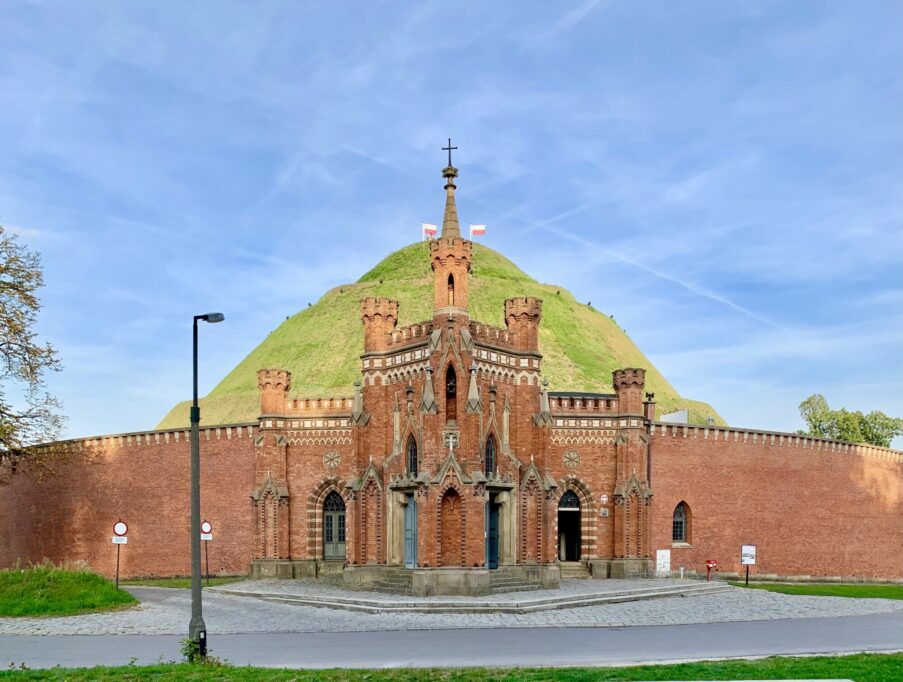
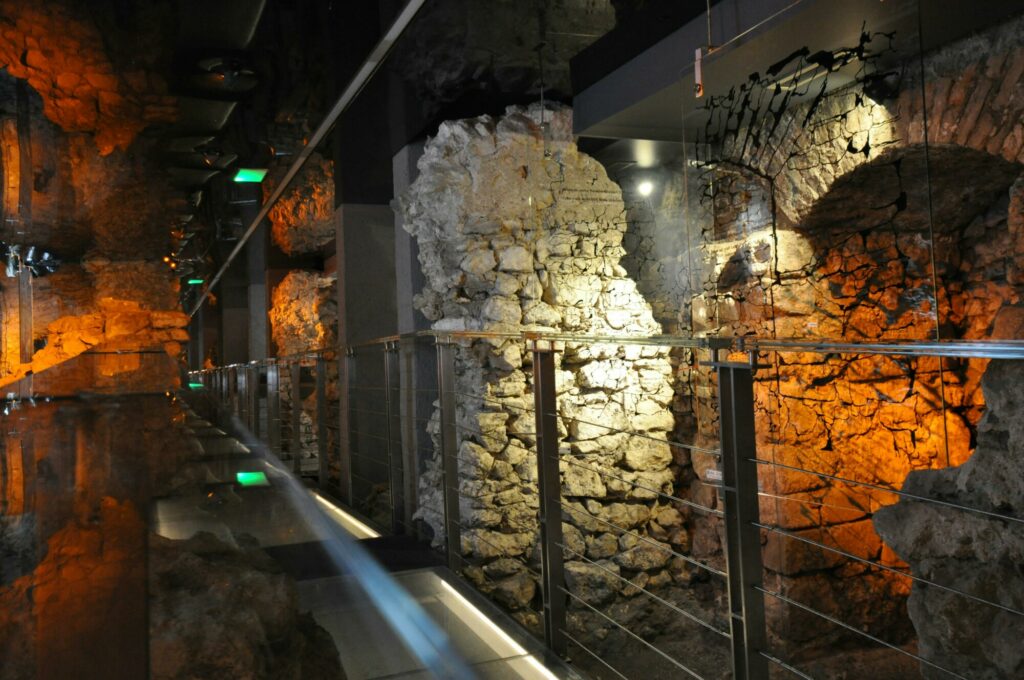
Wieliczka Salt Mine
The Wieliczka Salt Mine, located near Krakow, Poland, is one of the world’s oldest salt mines still in operation and a UNESCO World Heritage Site since 1978. Its history dates back to the 13th century, and it remained operational for over 700 years until its commercial closure in 1996. The mine is renowned for its intricate underground tunnels, chambers, chapels, and sculptures, all carved entirely from salt by generations of miners.
Highlights of the Wieliczka Salt Mine include the stunning Chapel of St. Kinga, adorned with elaborate salt sculptures and chandeliers, and the impressive underground lake. Visitors can explore various levels of the mine, descending to depths of over 100 meters, and learn about the history of salt mining through guided tours.
To visit, tickets can be purchased online or at the mine’s entrance. Guided tours are recommended for a comprehensive experience. The mine is easily accessible from Krakow by car, bus, or organized tours, making it a popular day trip destination for tourists.
Vistula Boulevards
Relax and unwind along the banks of the Vistula River on the lively Vistula Boulevards. Whether you’re strolling, cycling, or enjoying a picnic, these scenic promenades offer a tranquil escape from the hustle and bustle of the city.
From its storied past to its vibrant present, Kraków captivates visitors with its timeless beauty and rich cultural heritage. Whether you’re exploring its medieval landmarks, sampling its culinary delights, or simply soaking up its unique atmosphere, Kraków promises an unforgettable experience at every turn.

